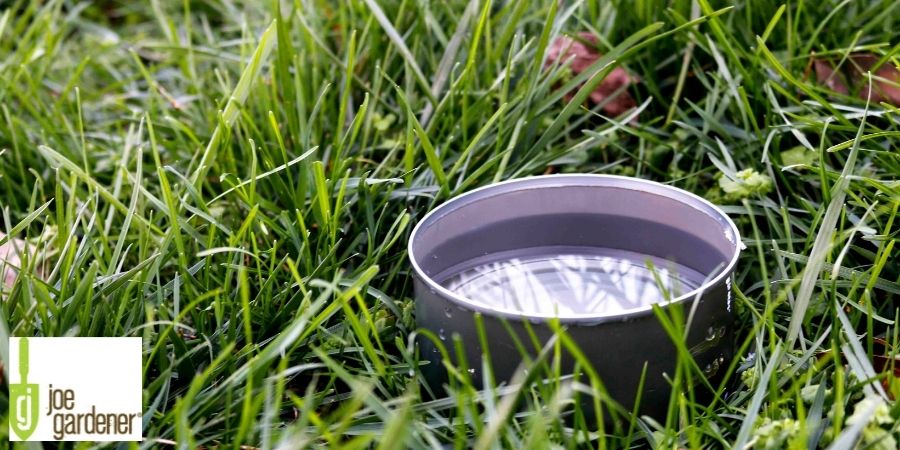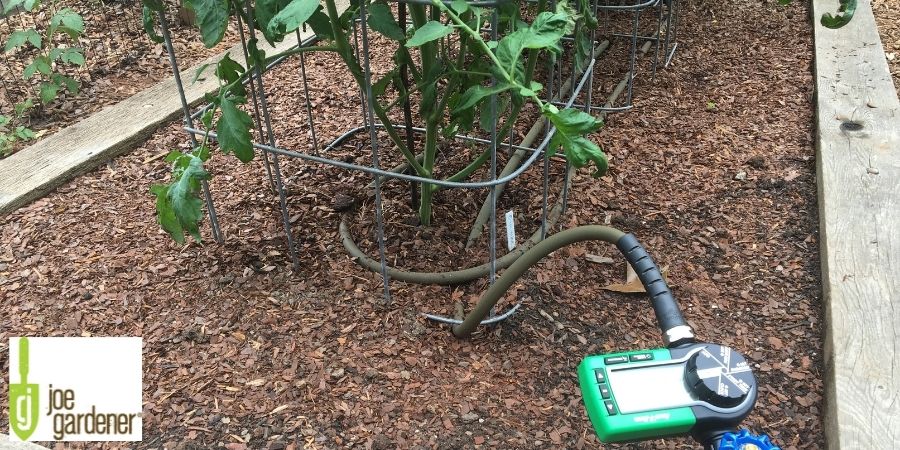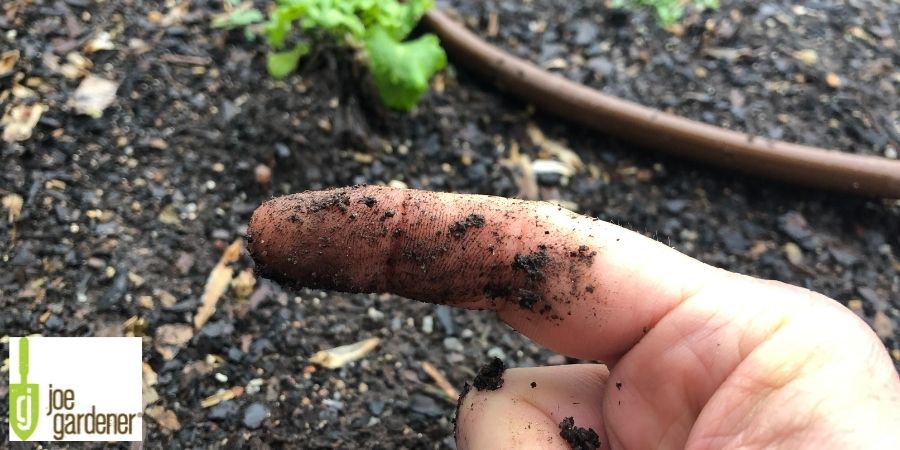How to Measure Water in Your Lawn and Garden
- Gardening Expert and Host of Growing a Greener World®July 9, 2022
It can be hard to judge if the water needs of your grass and garden are being met, but there are several ways to take the guesswork out of watering. Once you know how to measure the water you can really step up your lawn care and gardening game while putting in less effort and being less wasteful.
Conserving water may or may not be a big deal where you live, but whatever your local circumstances, there is no sense in using more water than your plants need to thrive. In fact, applying too much water can be worse for your grass and plants than allowing them to get a little thirsty at times. Thirsty plants will grow deeper roots in search of water and will be healthier for it.
Most garden vegetables require just an inch of water a week, and grass needs up to an inch and a half. But these are just general guidelines that must be adjusted to account for soil type, climate, seasonality, and the requirements of specific plants and types of grass.
The Tuna Can Lawn Watering Test
For the cost of a few servings of canned tuna, you can determine how much water your lawn is really getting. Why tuna cans? Because they are cheap, their size is consistent and just the right depth, and they won’t blow away or tip over easily.

You can do their test with both in-ground sprinklers and moveable sprinklers.
For each sprinkler, place one can at the end of the stream and one can halfway between the end of the stream and the sprinkler. Run the sprinkler for an hour, and then use a ruler to determine how much water is in each can. Is there an inch? Then you know you shouldn’t have your sprinklers on for more than 90 minutes (one and a half inches of water) per week.
You can use this test to determine if some of your sprinkler heads have overlapping sprays that are leading to overwatering. Conversely, you may find there are areas that aren’t getting nearly enough water. For an automatic sprinkler system, the range of each head can be adjusted to achieve full coverage.
You can also do the tuna can test in a garden served by a drip irrigation system or soaker hoses. Place cans underneath the drip emitters or, in the case of a soaker hose, bury the cans so the rims are at soil level.

Use Automatic Timers to Water Your Lawn and Garden
Drip systems, soaker hoses, and moveable sprinklers will all apply water more efficiently and consistently with the aid of automatic timers. Don’t just turn on the spigot and count on remembering to come back in exactly an hour to turn it off again. For a small investment in an automatic timer, you’ll know exactly how long your sprinklers are on each week. And if you also completed the tuna can test, you’ll know how much water is being applied per hour.
The Finger Watering Test
The simplest water test there is requires nothing but your finger. If you are wondering if your garden needs more water, just stick your pointer finger into the soil to the depth of your second knuckle. If your finger comes out relatively clean, the soil is too dry. If your finger comes out dirty, there is enough moisture in the soil.

The finger test may not be a very scientific method for measuring water in the soil, but it’s more than accurate enough to inform your watering decisions.
Watch The Weather Before You Water
Some automatic sprinkler systems are quite sophisticated and will adjust for weather conditions such as rain or elevated temperatures. But other systems come on in the middle of a thunderstorm. Whether your sprinkler system can do it for you or you have to make the adjustments manually, you should always cut back on watering when Mother Nature offers to water the lawn for you.
If the weather forecast calls for a half-inch of rain, reduce your irrigation schedule by that much. This conserves water, and your plants will be happier for it.
What Are Your Plants Telling You?
Understanding what your plants are trying to tell you will take you far as a gardener.
Many plants will become visibly wilted when they are water-stressed. This is often temporary, and they will perk right back up when the sun starts to go down and high temperatures retreat. But if wilting continues into the night, it’s a sign that your plants may be in need of a drink.
If your plants appear wilted after heavy rain or an hour after you generously applied water, you may have the opposite problem on your hands: too much water.
In heavy clay soil, water is slow to drain. After a rainstorm or after excessive irrigation, the soil can become so waterlogged that the plant roots can’t get the air they need. They can essentially drown. If you suspect this is your garden’s problem, apply the finger test or use an inexpensive soil moisture probe to determine whether water is lacking or water is what’s causing the issue.

